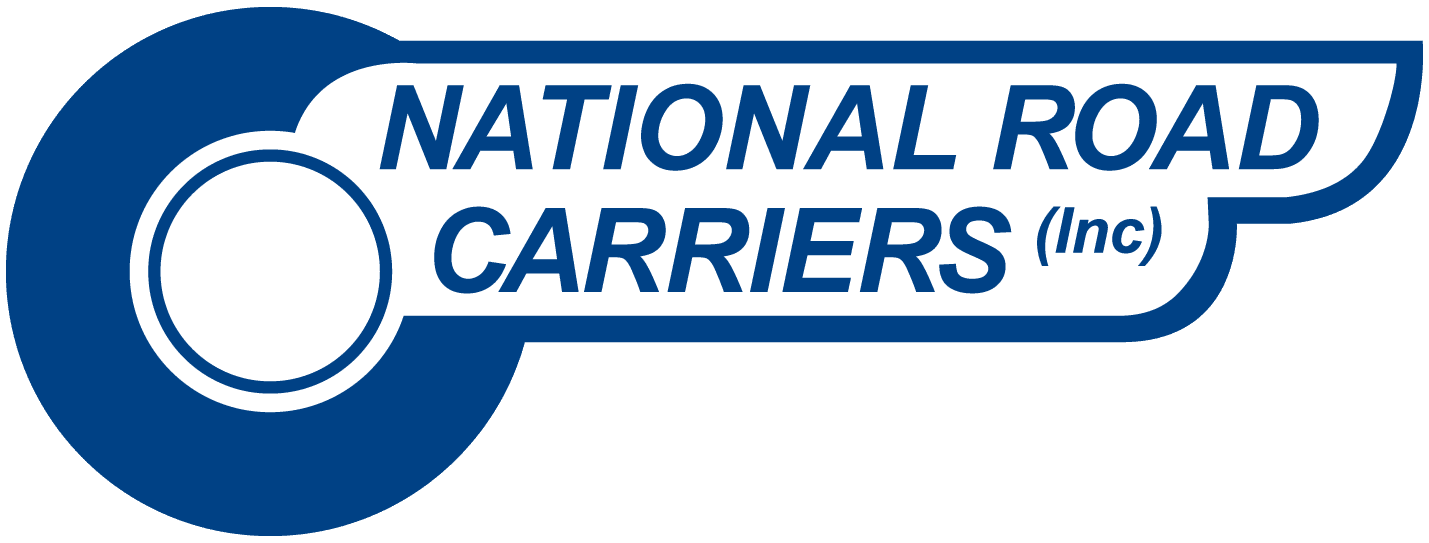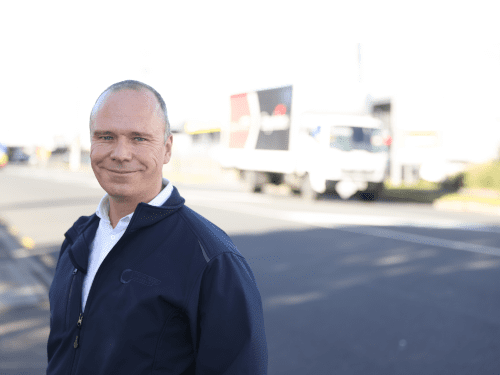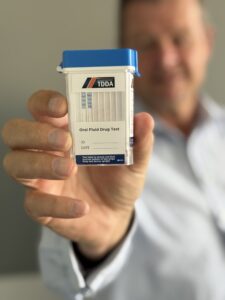Government planning hotline for road cone overuse
Welcome news for NRC members this week with the announcement from the Prime Minister that the government is planning to launch a hotline to report overuse of road cones.
“You can drive around this country at different times of the day and you’ve got whole roads shut down, no one is doing any work and the cones are frankly just clogging up the joint,” Prime Minister Christopher Luxon said at his post-Cabinet press conference on Monday.
Overuse, and poor site management leaving cones out when no works are underway is actually making work sites less safe.
A quick Google shows that cones aren’t keeping our road workers safe.
The numbers are stark.
Australia has five times our population, but less than twice the number of road worker deaths each year. New Zealand tragically has an average of 10 road worker deaths per year, Australia has 18.
Despite all of these cones, we are not keeping our road workers safe. It is an illusion.
Holidaying in New South Wales recently, and driving from Sydney to Newcastle I saw plenty of road works on the 170km journey, but very few road cones were in evidence, with road works typically cordoned off with barriers and flashing lights at the works themselves.
In New Zealand road cones seem to be used as a tick-box approach to managing risk, lulling traffic management operators into thinking they’ve done all they need to.
Cones are one potential tool for helping keep road work sites safe, but they are not the only one. Intelligent assessments of level of risk, and then mitigations appropriate to the risk need to be made. Sometimes cones will be the answer. Often they won’t be. This involves being onsite and making the right calls, not simply doing a desktop plan or applying a template.
Some critics claim that this Government is taking an ideological approach and being cavalier with road safety.
I would argue the opposite. To keep doing what we are doing is irresponsible and dangerous. Given how high our number of tragic road worker deaths is compared to Australia, it is clear that deploying hundreds of road cones at sites simply is not working.
We need to get a whole lot smarter at risk management.
The problem is over-reliance on road cones is desensitising drivers. Overuse of cones for situations where a simple warning sign would suffice (such as a verge being mowed) simply teaches drivers to ignore cones – and more concerningly the speed limit.
Reducing the amount of cones, and only using them when strictly needed will improve road safety, not endanger it.
I believe part of the problem is the strong motivation for road controlling authorities and councils to “outsource risk” to temporary traffic management (TTM) companies. Facing liability, these companies in turn are motivated to take a belts and braces approach to road safety and maximise the use of TTM. They also get paid handsomely for it.
So the pushback is overdue, and thankfully coming on multiple fronts.
In 2023 Auckland Mayor Wayne Brown bemoaned the fact that AT was spending $145m on temporary traffic management each year. Chief Exec Dean Kimpton responded by tasking projects with a goal that TTM should not exceed 10% of the project cost. Projects have regularly had TTM costing more than 30% of the project budget.
NZTA is actively trialing a risk-based approach to temporary traffic management, allowing better decisions to be made tailored to the needs of the site, moving away from a more template one size fits all prescriptive approach.
We need to get a lot smarter about our road worker safety – so if you see an overuse of cones – call the hotline.
We owe it to our road workers.
Justin
Justin Tighe-Umbers
Chief Executive | National Road Carriers Assn
DDI: +64 9 636 2951






